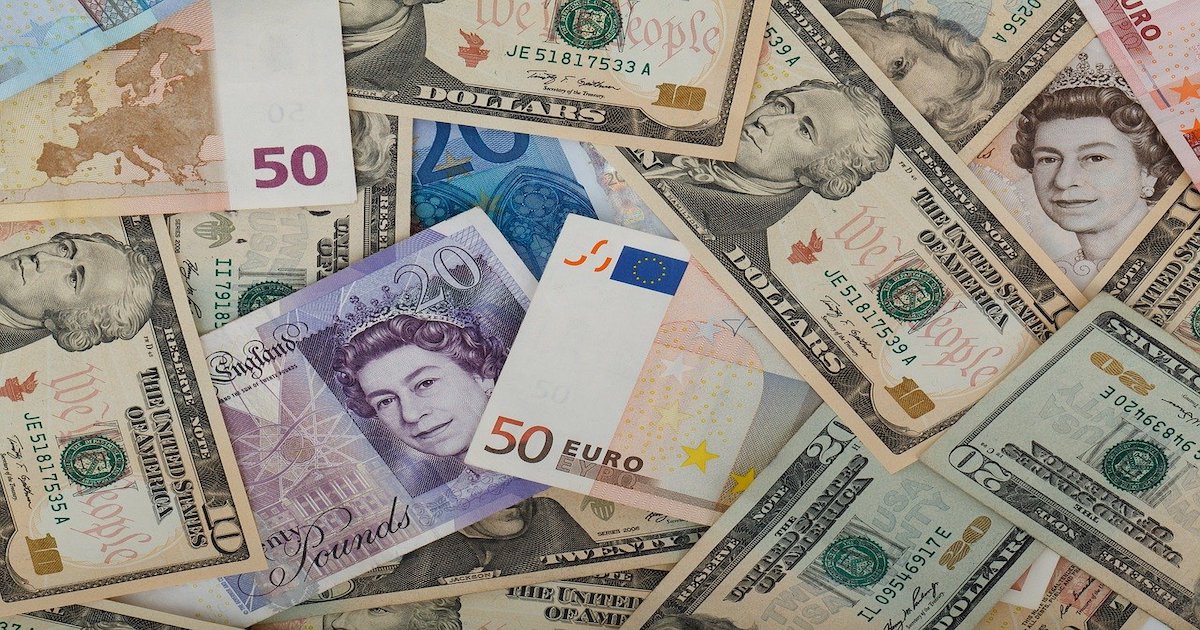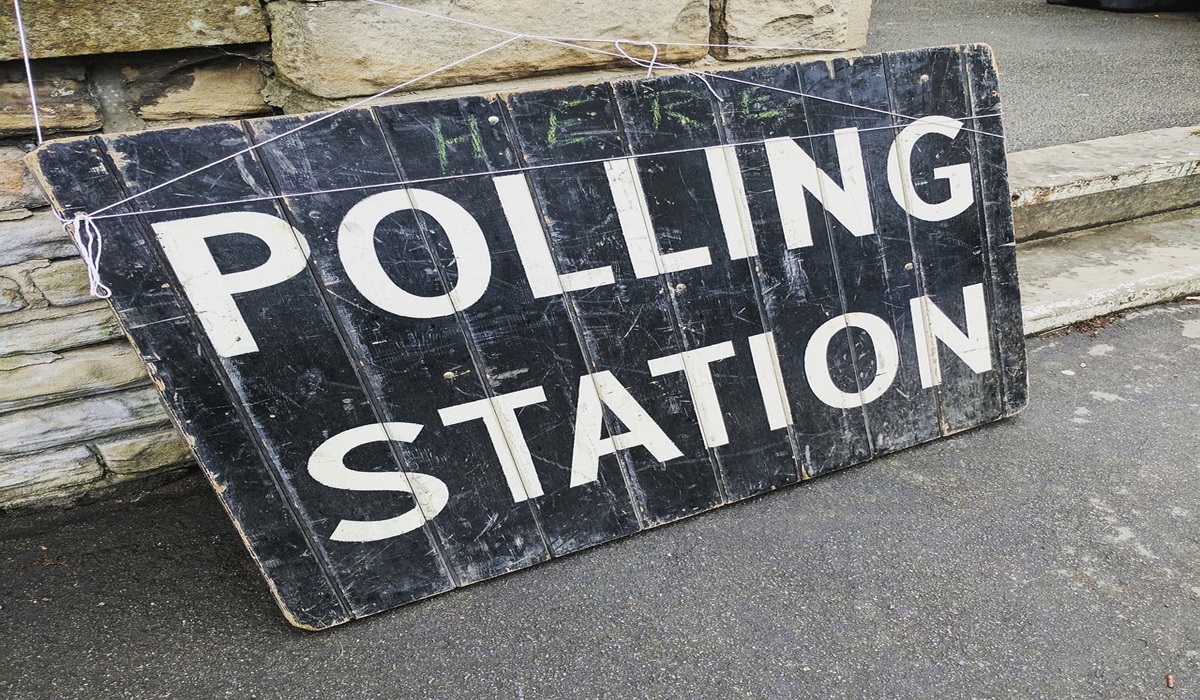Euro Continues To Decline Towards US Dollar Parity
- Maryam Ahmed
- Business
- Europe
- Trending
- World News
- July 12, 2022

The price of the euro in comparison to the dollar slipped to a 20-year low this week, but will the continental currency bounce back in the coming months?
On Tuesday, the Euro fell to a 20-year low against the U.S. dollar as fears about the European economy weighed heavily on the currency. It was one of several signs of renewed economic worries worldwide, also reflected in stocks wobbling, bonds flashing warning signals, and oil prices falling sharply.
The Euro’s decline brought it closer to parity with the U.S dollar, with one euro trading for about $1.027, its lowest level since 2002. Many analysts have said it is only a matter of time before the Euro reaches a one-to-one exchange rate with the U.S dollar as European economies struggle with high inflation, labour unrest, and turmoil in energy markets.
The prospect of an economic slowdown also casts a spectre of doubt over whether the European Central Bank would be able to tighten monetary policy sufficiently to rein in record-high inflation.
The trend of a potential Euro to USD parity threatens to hurt American companies because their goods become more expensive for foreign buyers. If U.S exports were to weaken as a result, so would the already-slowing American economy.
The Euro is seen as particularly vulnerable given Germany, Italy, and others’ heavy dependence on Russian gas and fears that sizeable European Central Bank rate hikes could reignite another eurozone debt crisis.
The Euro zone’s common currency has been declining for months, stemming back to the introduction of significant economic sanctions against Russia. In the aftermath of the invasion of Ukraine, many nations, including the U.S, imposed sanctions on Russian-produced fuels, a vital component of the Russian economy.
However, this posed a significant problem in Europe as major economic powers such as Germany were heavily reliant on Russia for their gas and oil needs. Far from exerting pressure on Moscow, the Kremlin threatens to further reduce gas availability to countries imposing sanctions.
Does this benefit anyone?
For those planning a summer trip to Europe, the decline of the Euro compared to the U.S dollar will mean a favourable exchange rate when purchasing abroad. One year ago, the Euro was trading for less than $1.20, meaning travellers will get considerably more for their money this summer.
For those planning to travel in the distant future, the question becomes whether or not the price of the Euro will continue to decline. Despite the threat of further economic strain in Europe, some experts suggest it will regain some of its lost value in the coming weeks.
The Euro may fall swiftly below parity if the Russian energy supply ceases without warning. Notwithstanding, when this situation is resolved, it is unlikely that the Euro will stay permanently undervalued; its five-year average of $1.15 is probably where its fair value lies.
A short trading period below parity wouldn’t unduly damage the economy, and its export sector would benefit unless global demand craters. During the pandemic, the impressive coordination of the E.U.’s fiscal stimulus with the monetary efforts of the E.C.B. offers a realistic promise that all policymakers will work together to counteract the economic damage. Until the world outlook changes, the Euro is in a difficult place, but it will recover intact if a bit bruised.








